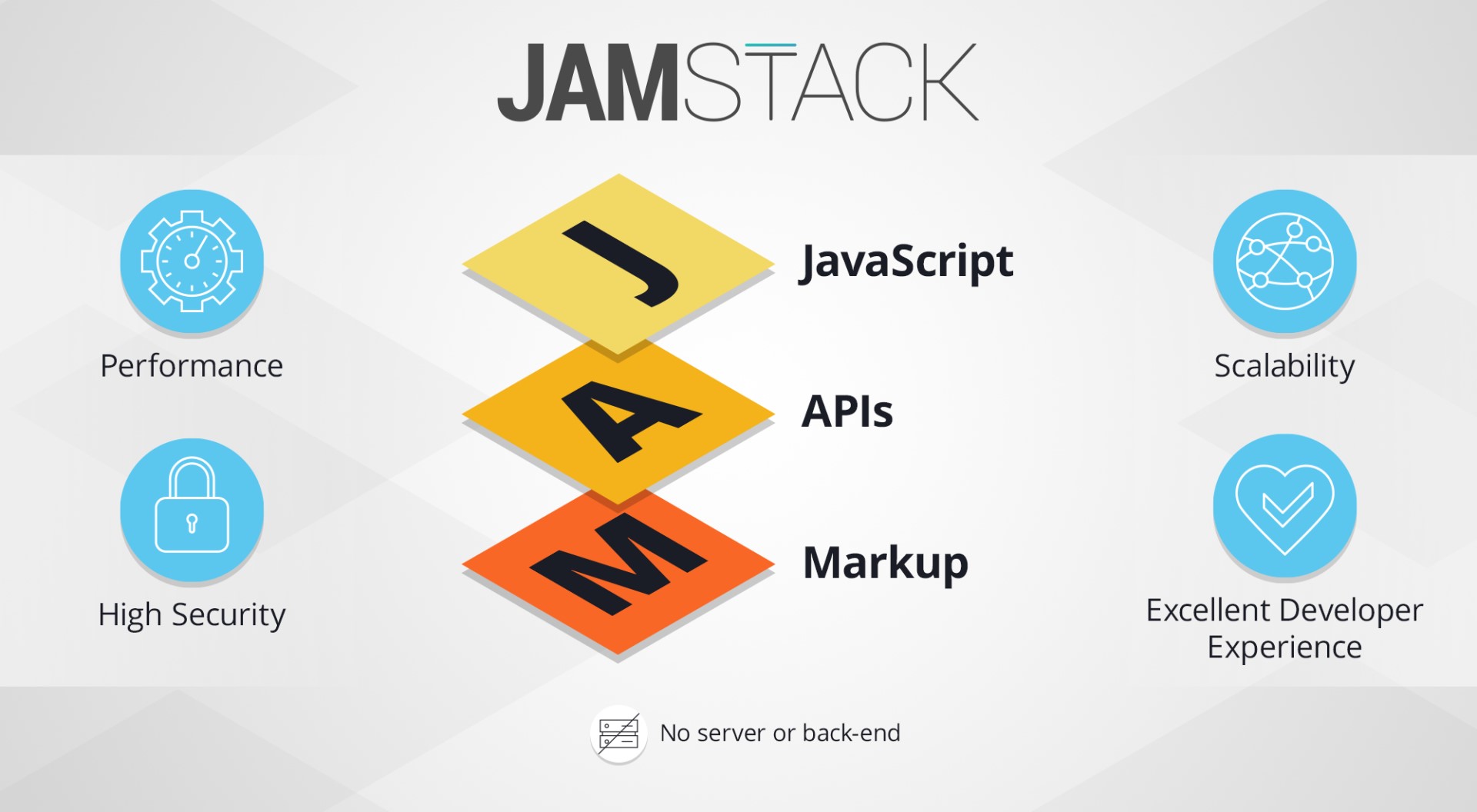In the ever-evolving world of web development, the JAMstack architecture is gaining momentum as a modern way to build fast, secure, and scalable websites. But what is JAMstack, and why is it becoming so popular?
What is JAMstack?
JAMstack stands for JavaScript, APIs, and Markup. Unlike traditional web applications where the back-end is tightly coupled with the front-end, JAMstack decouples them, leading to a more flexible and faster approach to web development.
Key Features of JAMstack:
- JavaScript: The dynamic functionalities are handled entirely on the client-side using JavaScript.
- APIs: The back-end operations like databases or authentication are handled through reusable APIs.
- Markup: The static HTML markup is pre-built and delivered via a CDN (Content Delivery Network) for lightning-fast performance.
Benefits of JAMstack:
- Speed: With static assets served via CDN, websites load faster, improving both performance and user experience.
- Security: JAMstack sites are less vulnerable to attacks since there’s no direct server interaction or database to exploit.
- Scalability: Scaling a JAMstack site is as simple as distributing static files across a CDN.
- Developer Experience: The architecture is easier to work with for developers, allowing for faster development cycles and simpler workflows.
Why is JAMstack the Future?
JAMstack caters to modern web needs, where speed, security, and scalability are critical. With the rise of headless CMSs and the ability to integrate with various APIs, JAMstack is becoming the go-to architecture for websites ranging from small business sites to large eCommerce platforms.
As web development trends continue to shift towards better user experiences and faster performance, embracing JAMstack is a forward-thinking approach that offers a sustainable, scalable solution for modern web applications.
